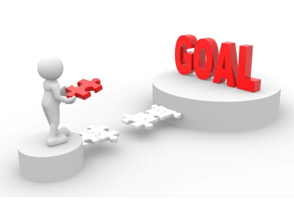Join our Event by Cathy Winston
The Confidence Gap: How It Contributes to the Gender and Pay Gap
The Lunch and Learn series recently explored the concept of the confidence gap and its contribution to the gender and pay gap. Through a series of exercises, participants were able to identify situations where they lacked confidence and situations where they were brimming with it. The results were eye-opening, revealing a fundamental flaw in our belief system.
Theme 1: Confidence and success is an inside job.
One of the first themes explored was the connection between confidence and success. Many participants noted that their confidence was often linked to external feedback and validation. This makes confidence precarious and often results in a confidence gap. The belief system needs to shift towards an inside-out approach, where individuals appreciate their experience, knowledge, and wisdom, not caring what others think. This mindset could lead to more growth and potentially more success, promotions, and higher pay.
Theme 2: Being of value and appreciated requires external validation = wavering confidence and confidence.
The exercise highlighted that being of value and appreciated often requires external validation, and this is where the confidence gap creeps in. Participants noted that they felt confident in work situations where they added value or were being of value, helping others to succeed, and then being recognized and appreciated for it. This connection between confidence and external feedback makes confidence precarious and often results in the confidence gap.
Theme 3: Less perfectionism, less work and less responsibility = more success.
The final exercise involved participants reflecting on their 85-year-old selves, who encouraged them to step up to opportunities, not trade down their expectations, and pursue their inspired goals or dreams. Participants noted that their lack of willingness to pursue their goals was often connected to the way women work and their assumed criteria for success. Perfectionism, over-responsibility, and visibly working hard were often viewed as characteristics necessary for success. However, these beliefs are often what prevent women from stepping up to the plate and reaching their full potential.
In conclusion, the confidence gap is a contributing factor to the gender and pay gap. By shifting the belief system towards an inside-out approach and taking on opportunities with less perfectionism, less work, and less responsibility, women can overcome the confidence gap and reach their full potential. We must continue to explore and change our beliefs about confidence and success to achieve true gender equality.




